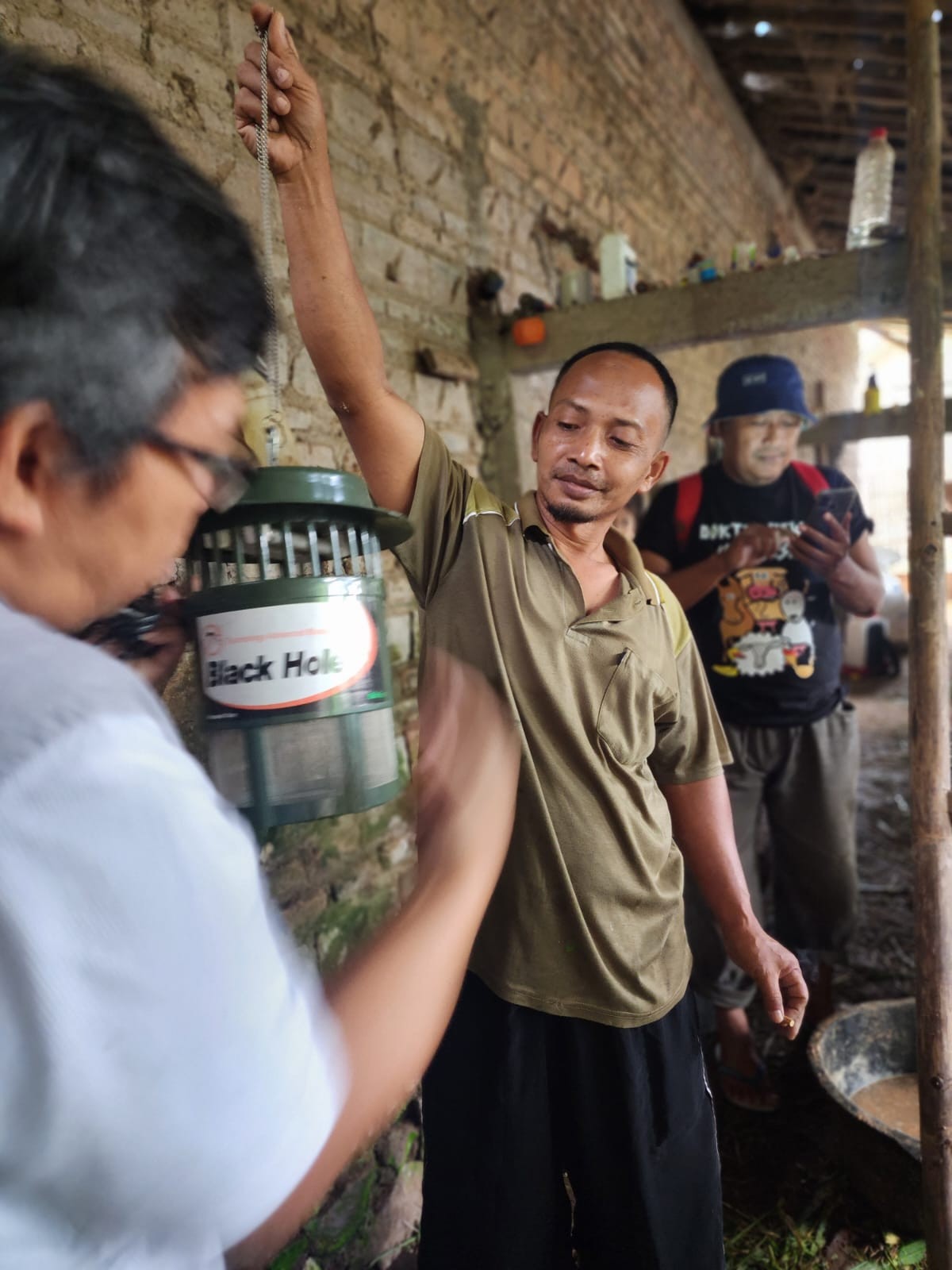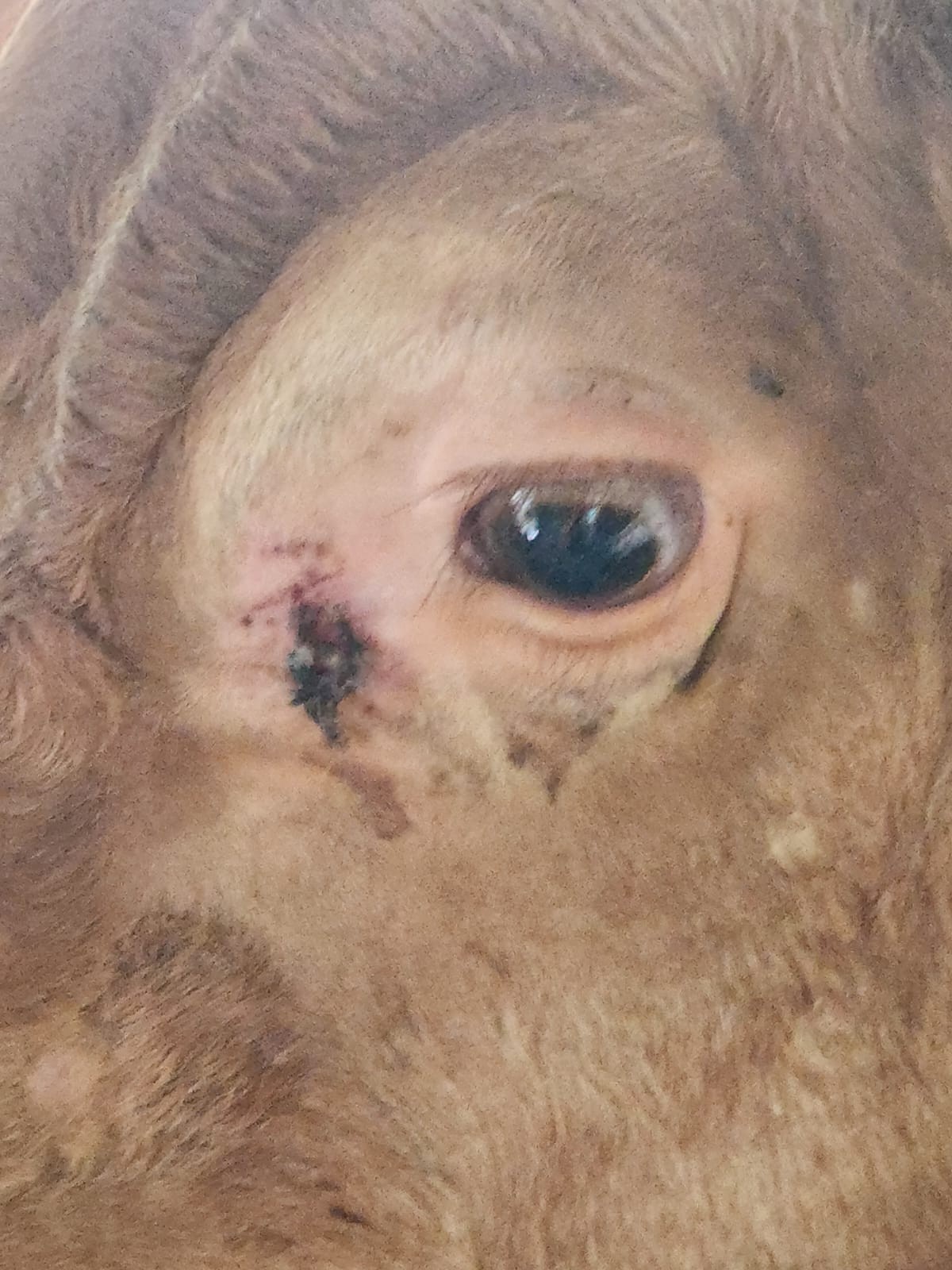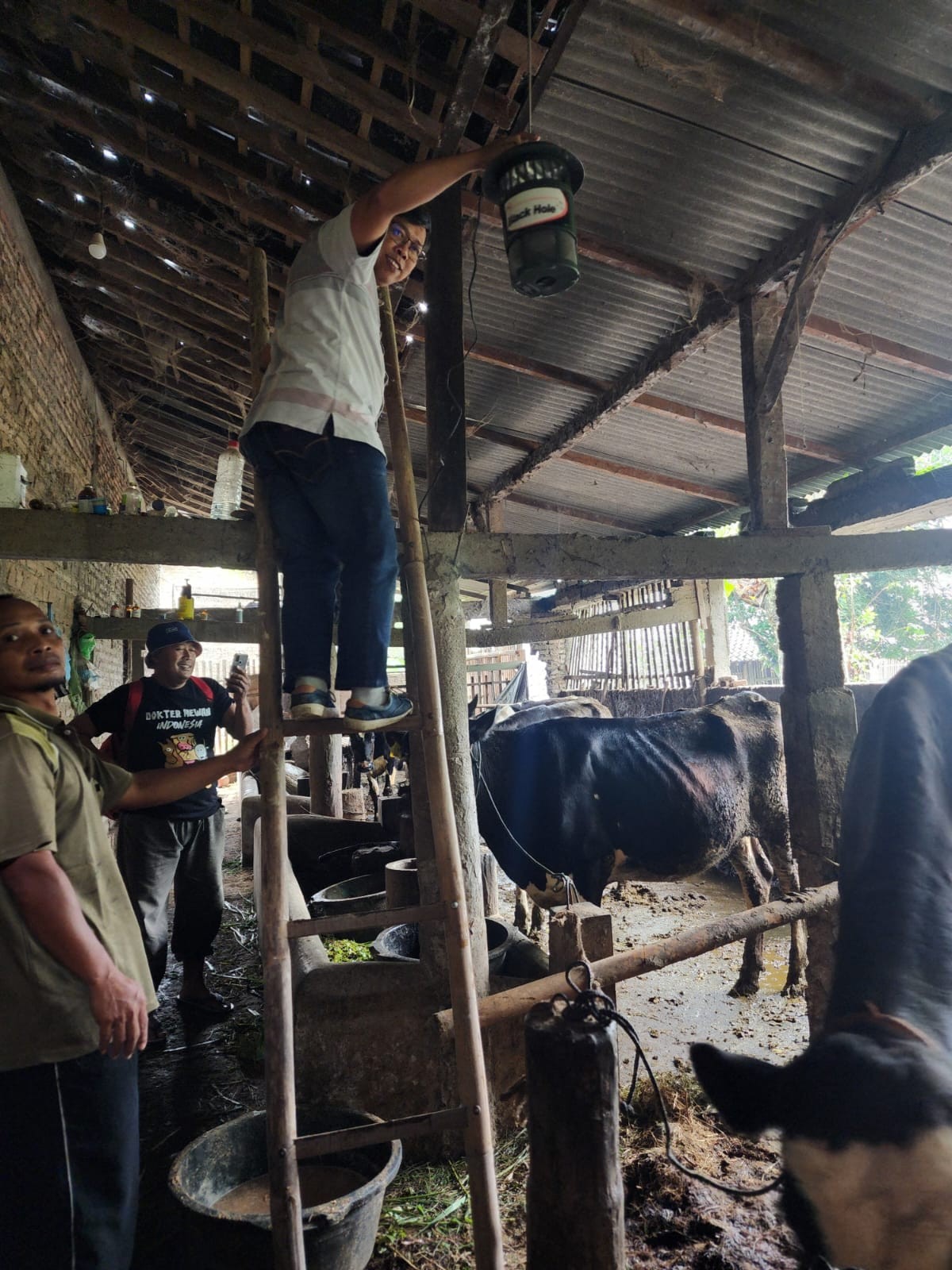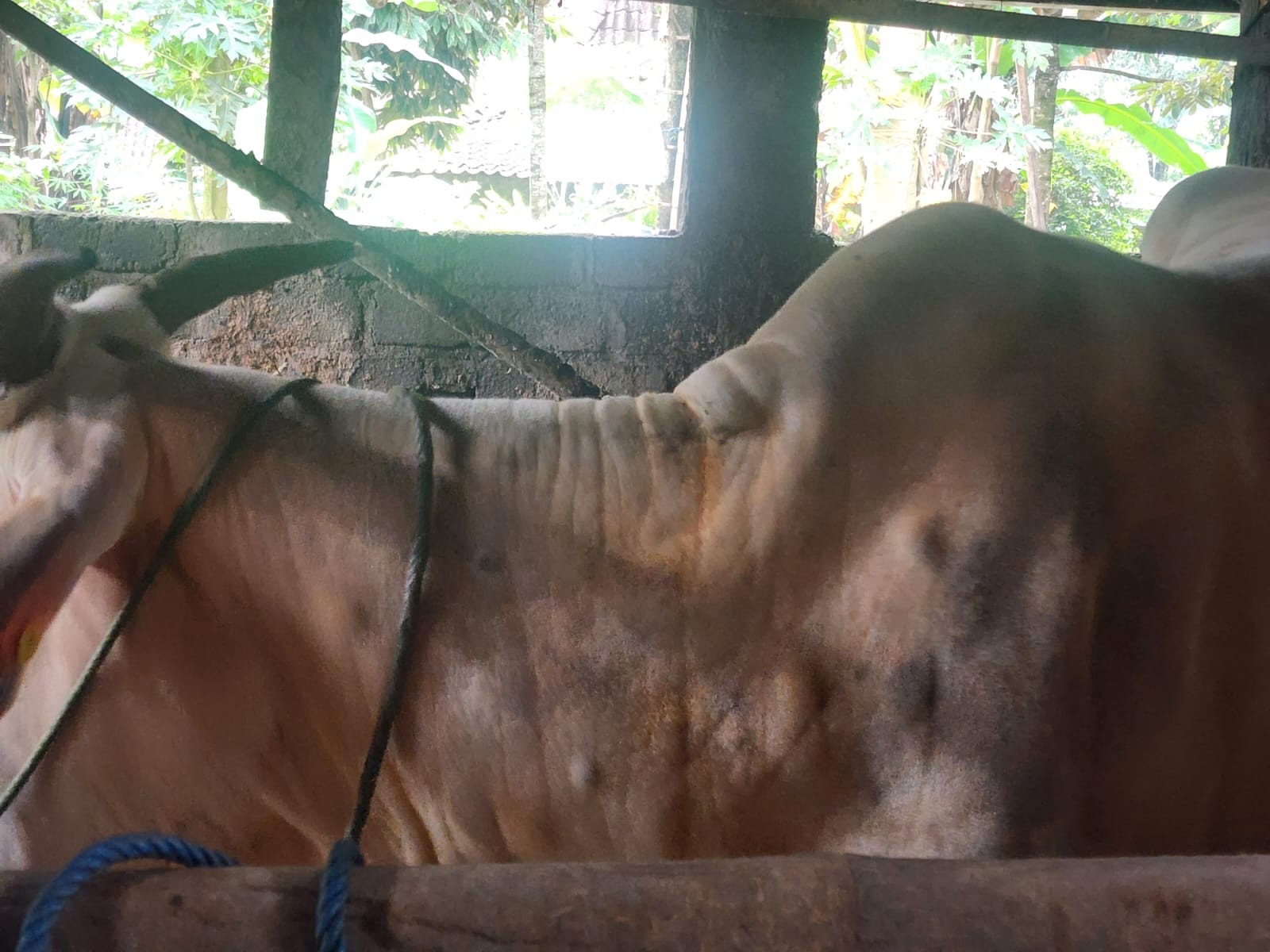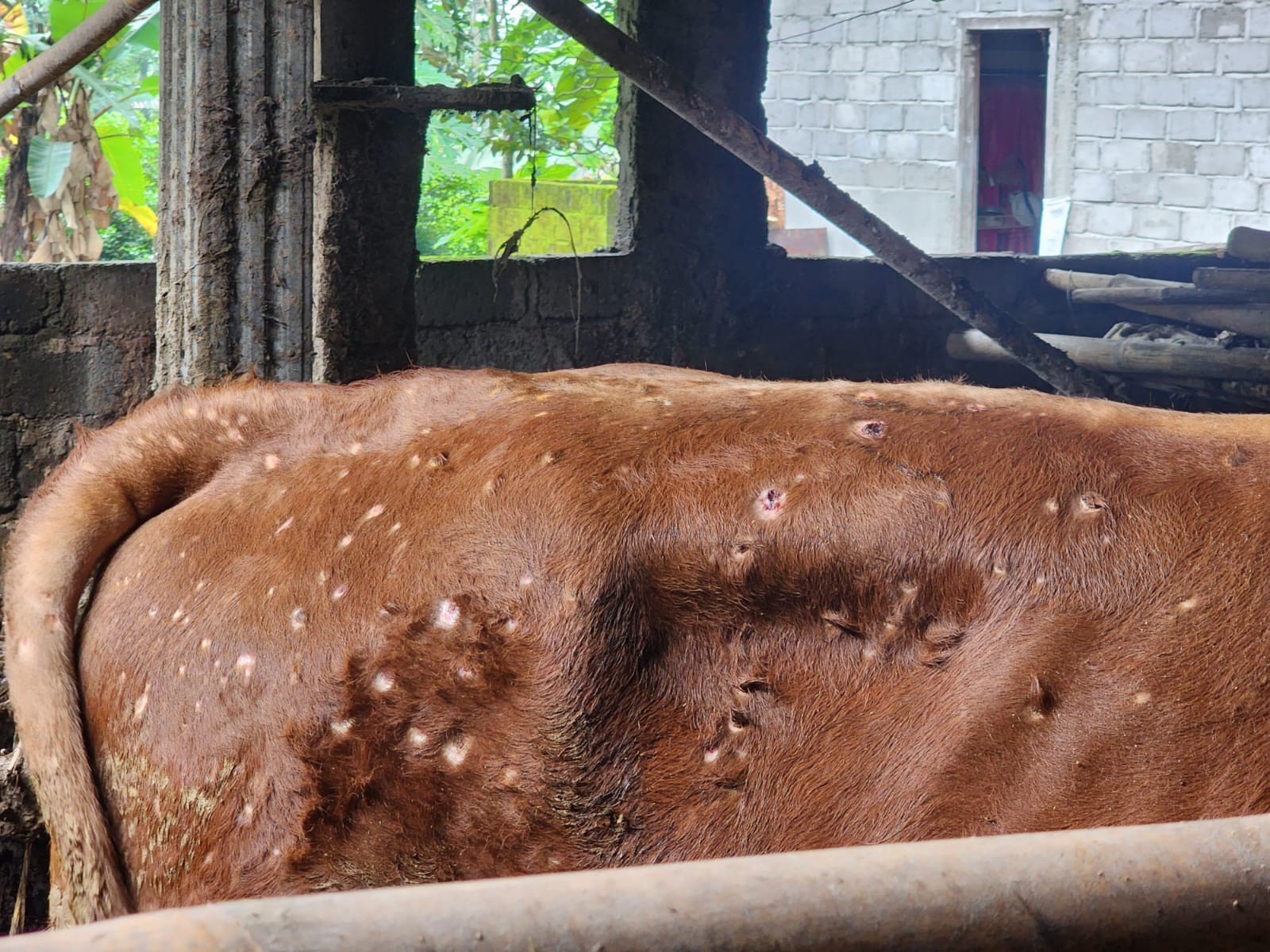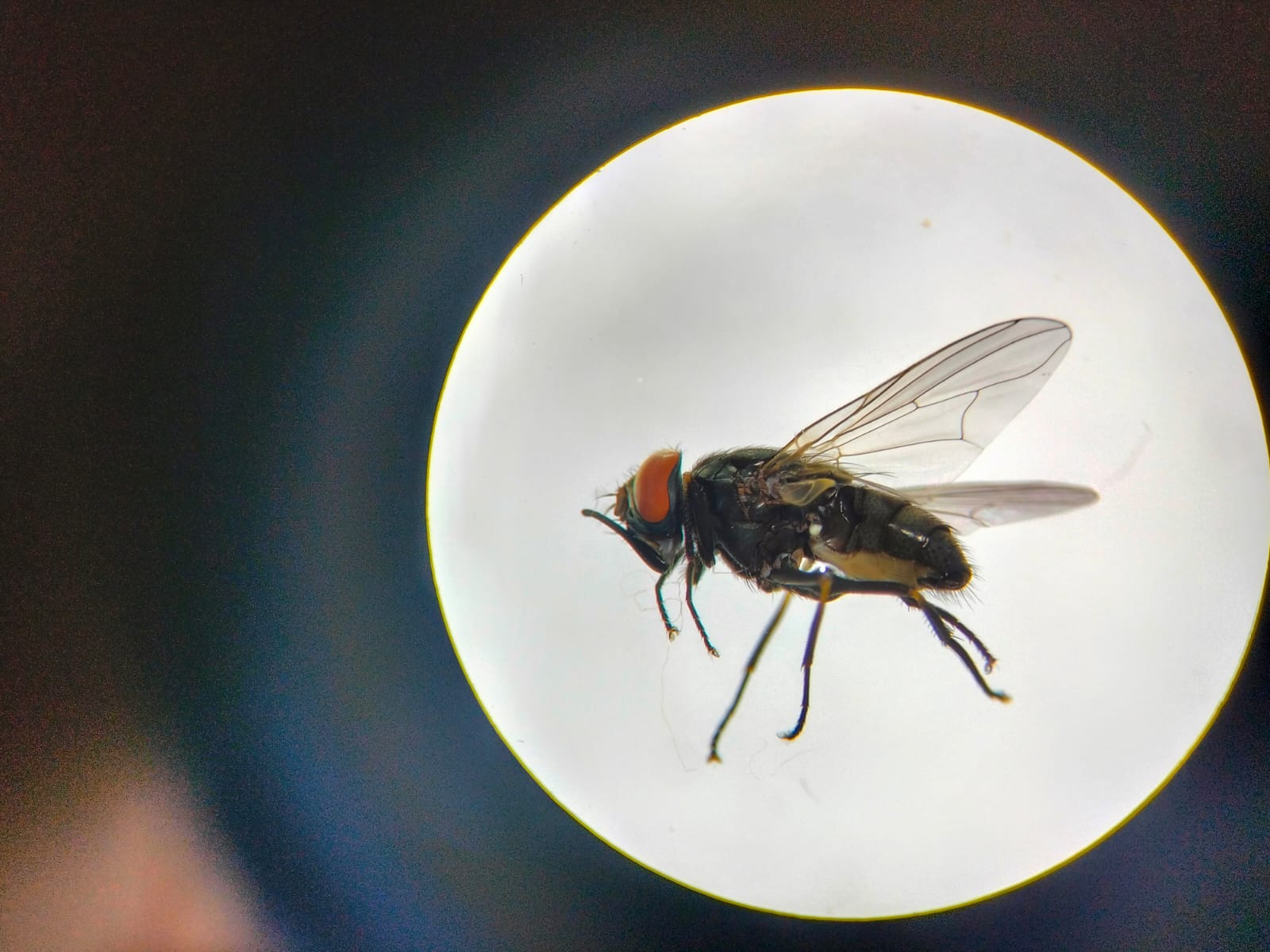
Trapping arthropods in the lumpy skin disease outbreak area and community
Since June 2021, there have been massive outbreaks of Lumpy Skin Disease (LSD) in Indonesia. Here is the exemplary in Boyolali district, being the center of animal trade, has faced, considerable economic losses due to this disease. The characterization of Lumpy Skin Disease Virus (LSDV) has been primarily carried out from cases that occurred in Zambia and later spread rapidly into various African countries. The disease has now been identified in countries like Saudi Arabia, Pakistan, India, Lebanon, Jordan, Iraq, Israel, Turkey, Iran, Russia, Azerbaijan, Armenia, Greece, Bulgaria, Albania, Kosovo, Serbia and Montenegro. Given the speed at which LSDV has spread so far, there is a very high chance of it spreading to other regions in Europe, Asia and Australia. Clinical manifestations of LSD include fever, absence of appetite, hypersalivation, lacrimation, lymph node enlargement, reduction in side production, significant weight loss and death. Nodules with a diameter of 2-7 cm appear on the infected skin and are visible in the neck, legs, tail, and back areas immediately after the onset of fever. LSDV can also cause abortions in pregnant animals, myasis in nodules and open wounds, lameness, mastitis and orchitis. Secondary infections and complications are also more severe such as keratitis, dysentery, pneumonia and mastitis. LSDV is transmitted through blood-sucking insects, contaminated animal feed, drinking water, and direct transmission via the body secretions of infected animals. Several studies have shown that there is no positive correlation between cattle density and infection rate, suggesting that the direct transmission of the virus is less significant compared to vector-mediated indirect transmission. Most outbreaks and increases in the prevalence of LSD occurred during the summer/dry season which is closely related to the growing population level of LSDV vectors during warmer months. Aedes spp. mosquitoes have been reported as capable of transmitting the virus to susceptible cows. It is worth mentioning that vectors like flies and vermin may also spread pathogens and cause subsequent infections in other animals due to improper manure management.
